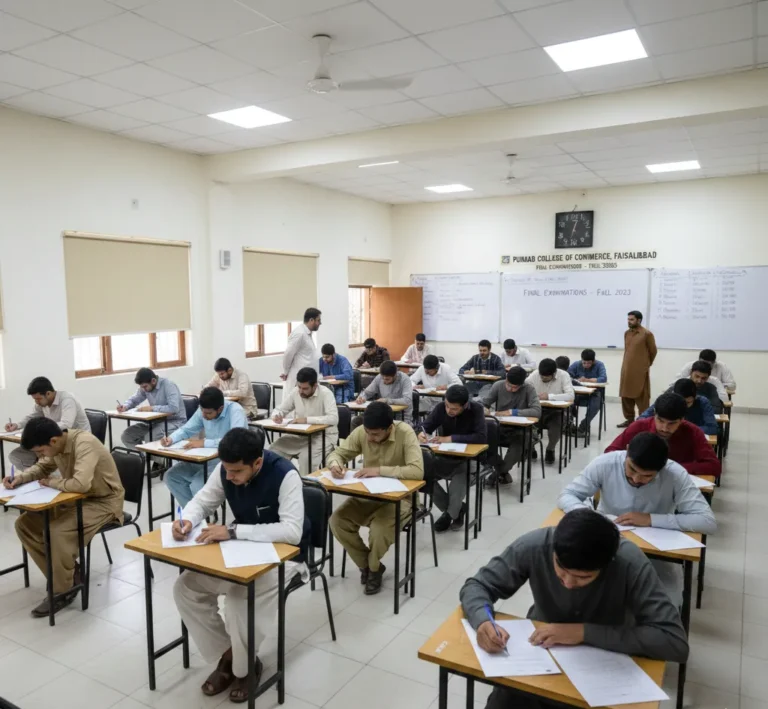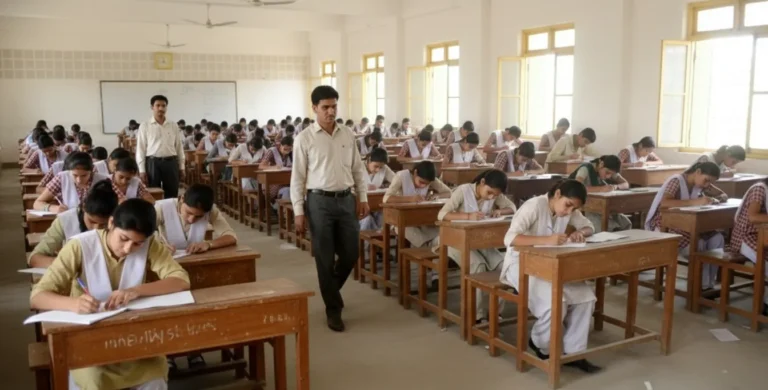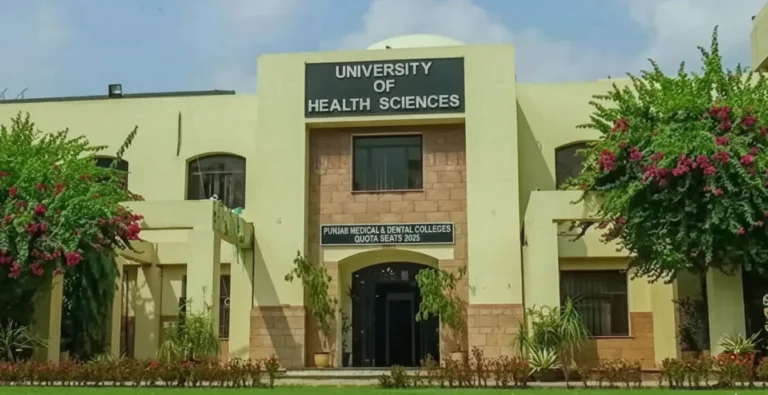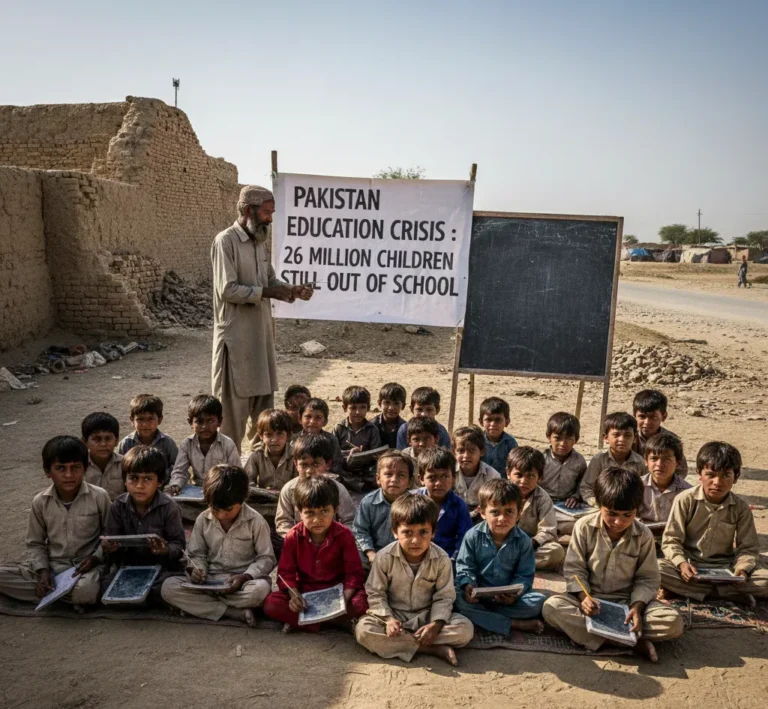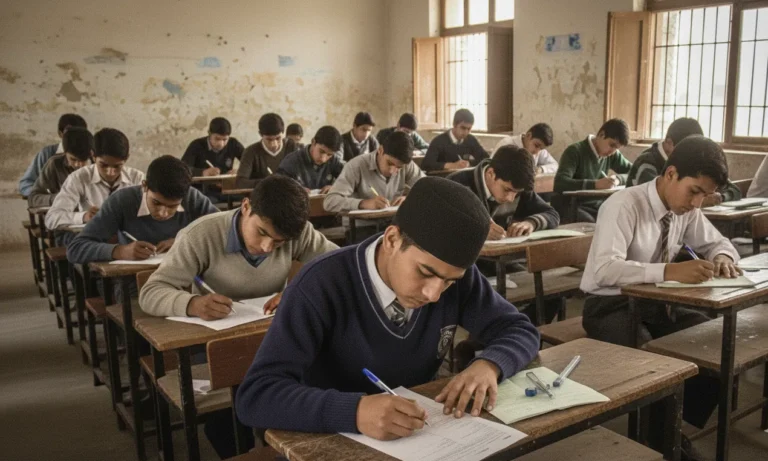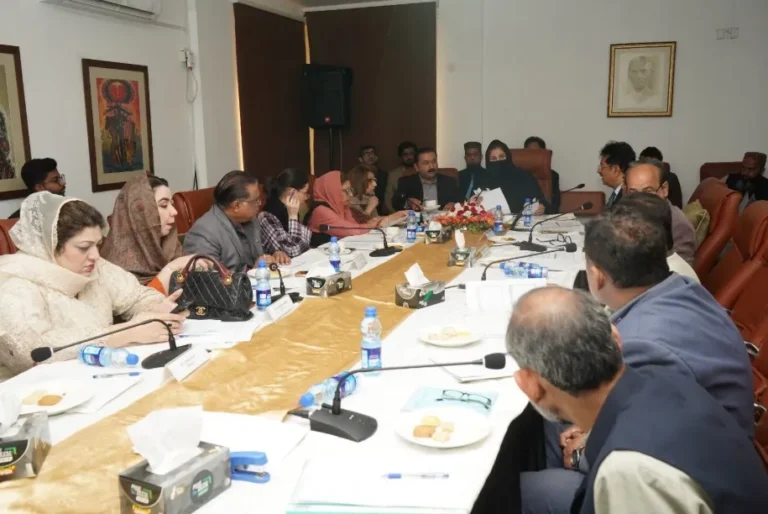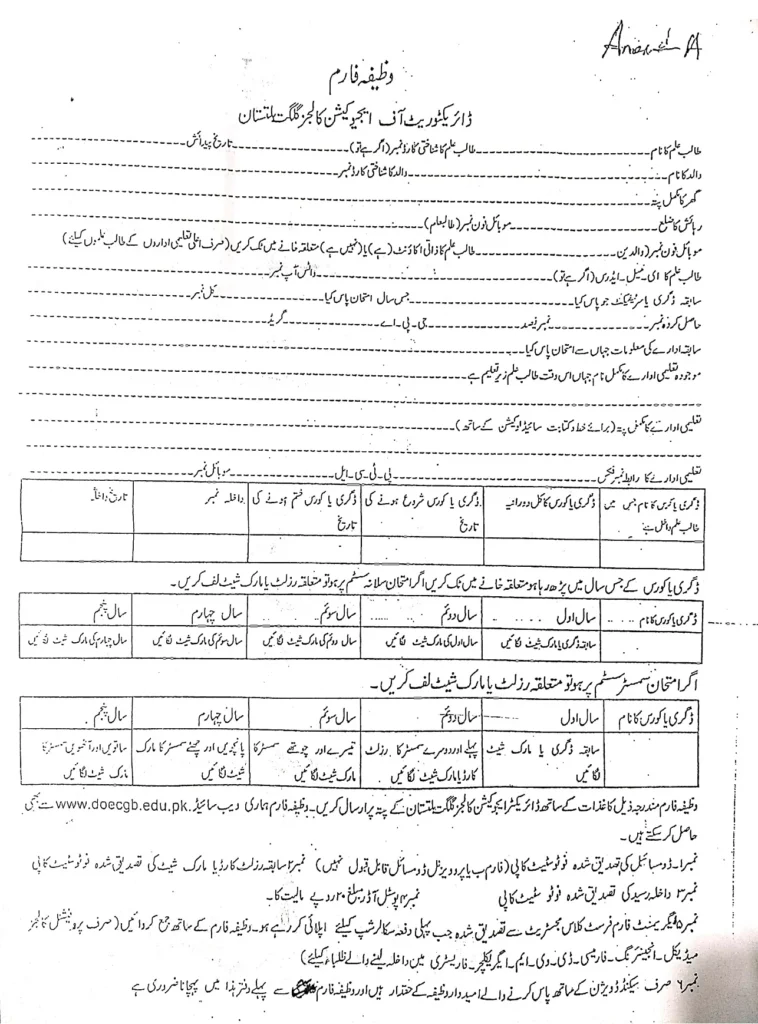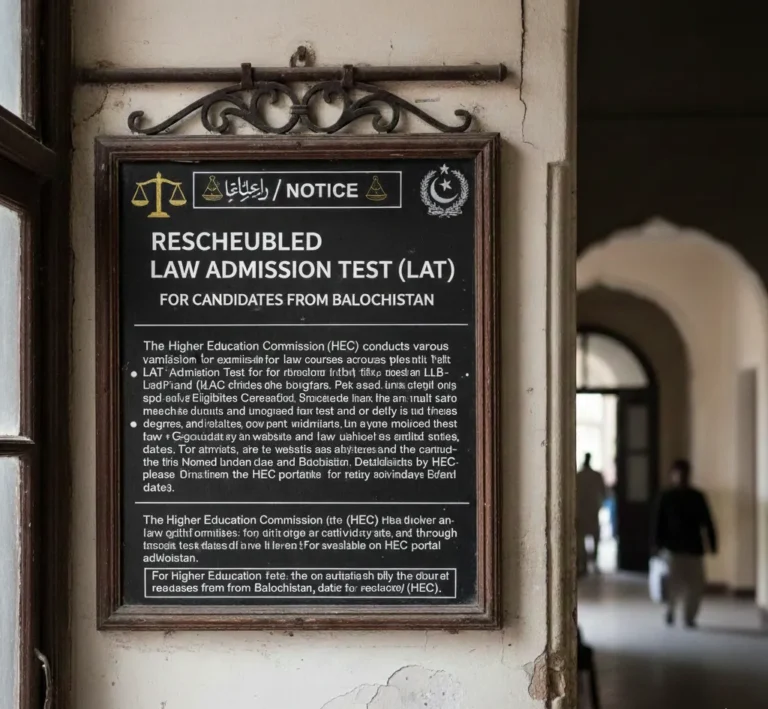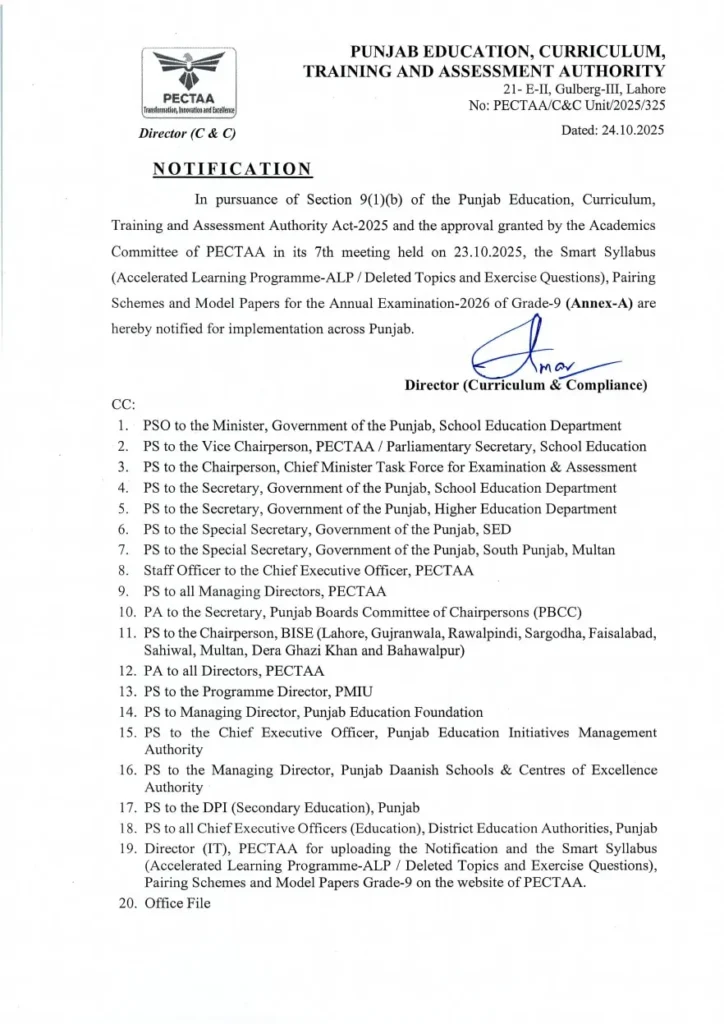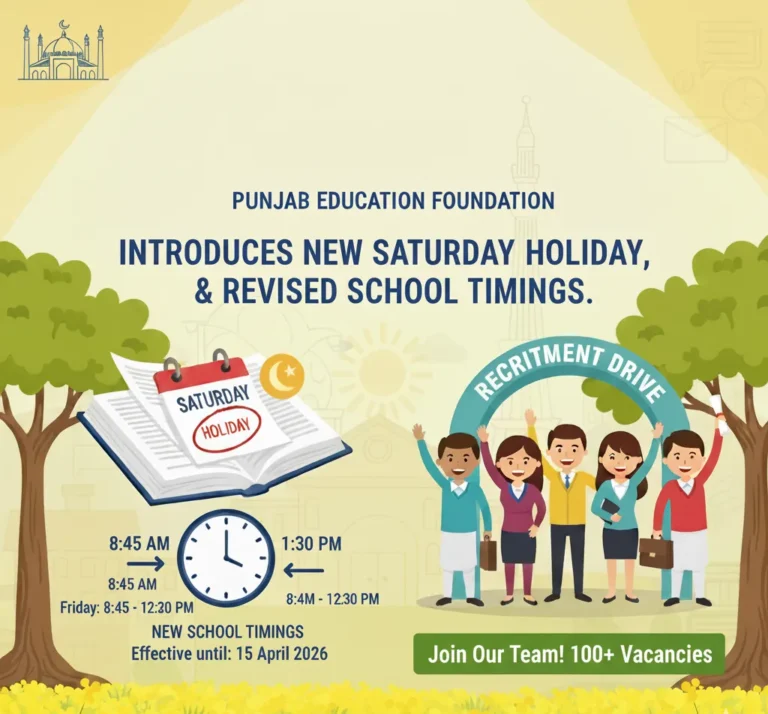New Punjab Board Intermediate Admissions 2024 Schedule Sparks Debate
The recently announced Punjab Board Intermediate Admissions 2024 schedule has stirred Students are expressing worries, teachers, and parents across the province. As per the official communication issued admission last date Punjab Board on December 5, admissions for Intermediate Part One can be submitted with a single fee from December 1 to December 12. After that, students may submit forms with a late fee from December 13 to December 22.
However, the timeline has sparked curiosity, especially because the circular was released five days after the schedule had already begun. This The delay has frustrated students with only seven actual days to proceed with their single-fee submissions Punjab students fee issue also Inter Part 1 admission. The extremely short duration has made the process significantly more stressful for thousands of students who are Seeking to finalize their enrollment for the upcoming academic year.
Education stakeholders argue that the notification should have been issued earlier to apreclude avoidable confusion. Since timely communication is crucial for student preparedness, such delays can directly affect the academic workflow across schools and colleges.
Limited Working Days Add Pressure on Students
Teachers have also voiced their concerns regarding the limited working days available for fee submission. They note that after excluding bank holidays and weekends, students effectively get only four working days to complete the admission process under the single-fee category. This shortened window increases pressure on educational institutions that are already handling high admission loads for Intermediate Part One.
Many college admission offices report long queues, system delays, and difficulty managing high foot traffic. Teachers fear that a large number of students may be forced into late-fee categories—not due to negligence but because of administrative inefficiencies and timing issues.
For students Journeying from non-urban settings, the challenge doubles. Limited transportation options, long distances, and slow bank processes make it nearly impossible to meet these rushed deadlines. As a result, both urban and rural Applicants are experiencing challenges in the process to navigate an already complicated admission system.
This situation highlights a larger concern: how operational cause ripple effects down and directly impact students’ futures. Ensuring smooth admission cycles should be a priority, but the current conditions reveal gaps that need immediate attention.
Parents Call for Relief Amid Inflation and Rising Late Fees
Amidst these challenges, parents have expressed strong concerns about the The escalating cost is a major factor caused by late fees. With inflation already Putting a strain on family finances, paying the single fee is difficult for many families—let alone the double and triple late-fee penalties that may follow.
Parents argue that the government should place a must demanding on low cost in education, especially during times of economic hardship and strenght. They have urged Punjab Chief Minister Maryam Nawaz to get involved and facilitate the process, by extending deadlines, reducing late fees, or providing financial relief.
Parents and teaching staff unanimously recommend. that the Punjab Board reconsider the admission timeline and communicate schedules well in advance. A transparent and simple way for students can significantly reduce stress levels and ensure The admission process must be transparent and unbiased. As the debate continues, students wait with fingers crossed. The education sector in Punjab stands at a ckey moment for the office to make changescan greatly benefit thousands of young learners preparing for their academic journey ahead and also try to resolved the issues of education inflation Pakistan.

